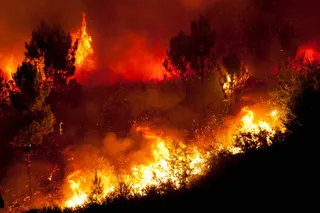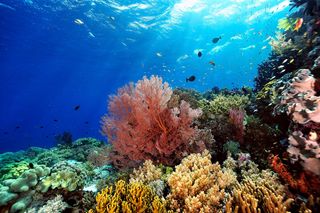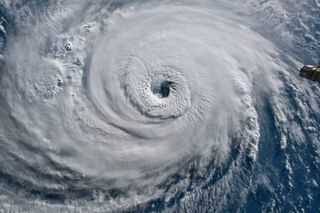
A large opening in Antarctic sea ice left scientists puzzled for many years. Now, they have finally figured out what caused it. This process is also a cause for a decrease in overall sea ice levels in Antarctica.

Kathryn studied meteorology and geography at the State University of New York at Oneonta, graduating with her Bachelor of Science in 2022. Weather has always been a fascination for her. She would follow storm paths and made sure those around her knew what to expect.
Growing up on the east coast, hurricanes quickly became one of her favorite phenomena. Throughout her time at SUNY Oneonta, Kathryn expanded her skills and interest in meteorology through geography, learning ArcGIS to further her understanding of the world and bridging the connection between earth and atmosphere. With this passion for weather, she aims to inform others with her position at Meteored.
Kathryn is currently continuing her education in atmospheric science at Rutgers University in New Jersey, hoping to focus on tropical systems. You can also find her walking along the ocean with an iced coffee in hand.

A large opening in Antarctic sea ice left scientists puzzled for many years. Now, they have finally figured out what caused it. This process is also a cause for a decrease in overall sea ice levels in Antarctica.

Wildfires are now continuing to burn through the overnight hours, and firefighters are finding these fires more difficult to fight. Drought conditions seem to be the cause for this problem.

The climate crisis has led to the invention of different mechanisms to try and slow down global warming. However, without proper regulation, these experiments could do more harm than good.

International flights were quick trips over the weekend with wind speeds in the jet stream reaching over 260 miles per hour. Flights reached speeds of over 800 miles per hour.

2023 saw an unexpected coral bleaching event, especially in Florida and the Caribbean. In fact, scientists had to make the scale larger to really show the effects of coral bleaching.

The tropical Atlantic Ocean is seeing record warm temperatures, ones that are normally seen in July. Scientists let us know if this will impact how strong the 2024 hurricane season will be.

Nearby spiral galaxies in new Webb telescope images give insight as to how these galaxies form and what really makes up their composition. Webb is the only telescope able to do so.

Outbreaks of plagues have been linked to changes in climate during the Roman Empire. These changes in climate brought destabilisation to society, which is something that still hold true today with anthropogenic global warming.

Swirls of snow bands in a single line appeared on radar over Lake Michigan last week called mesovortexes, bringing heavy, localized snow to parts of northern Illinois and northern Indiana.

A new Webb image of our solar system’s seventh planet from the Sun shows the planet is more than a giant ball of ice. Uranus in infrared imaging shows the planet like we’ve never seen it before.